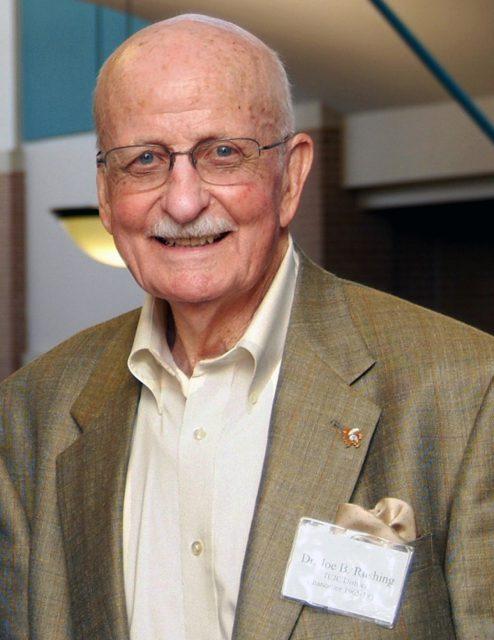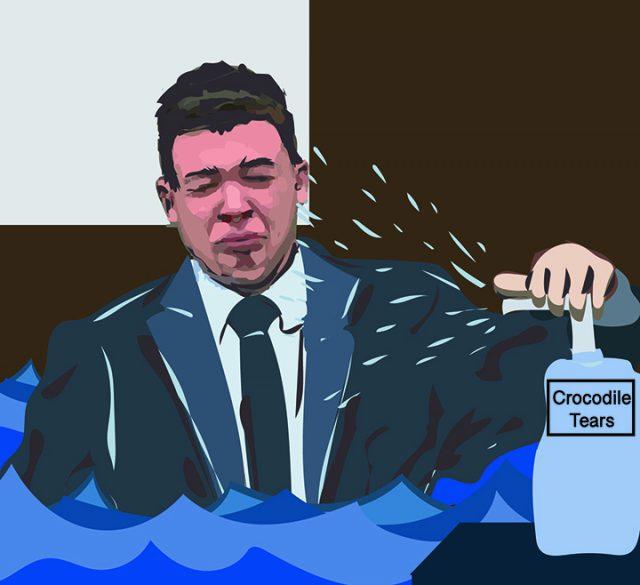The Environmental Protection Agency recently ranked TCC as No. 2 in the state and 25th best nationally in terms of green power usage on a college campus. This is a significant accomplishment and a step toward a future built on renewable energy.
The EPA defines green power as energy generated that produces no greenhouse gas emissions from fossil fuels and reduces air pollution. Because of this, green power is instrumental in combating climate change. Because green power comes from renewable sources, it is not in danger of being exhausted like fossil fuels. Common sources of green power include wind, solar and geothermal.
TCC is an EPA Green Power Partner, meaning it has joined with the agency and other schools across the country to increase the use of green power and renewable energy. The combined total of power used by the EPA’s top 30 college and university partners equals over 3.7 kilowatt-hours of green power — the equivalent of 345,000 American households.
To become a Green Power Partner, an organization or community must report its use of green power to the agency annually. TCC uses enough energy generated from wind and solar to power 100% of its needs across six campuses, according to the EPA. In total, this comes out to about 57 million kilowatt-hours of green power used at the college each year. Most of this power comes from the wind.
The subject of green power has been in the spotlight in recent years, and is not without controversy. In 2019, Rep. Alexandria Ocasio-Cortez spearheaded The Green New Deal, an attempt to get legislation passed that would drastically reframe how we produce and use energy. The goal, Ocasio-Cortez said, was to get to 100% renewable energy in 10 years. The alternative was a doomsday scenario, she said. This Green New Deal was shot down by many on both sides of the political aisle, but many of its supporters still advocate its potential benefits. Still, others continue to denounce it.
During the mass power outages caused by the failure of the Texas power grid during the winter storm earlier this year, the subject of green power came front and center yet again. Gov. Greg Abbot blamed the failures on the shortcomings of green power sources like wind turbines.
But it’s important to remember — Texas runs on fossil fuels. Any failure that led to the catastrophe in February was a result of the old way of doing things.
There are undeniable benefits to a switch to green power. Green power can not run out, meaning a transition to it would benefit future generations. Maintenance requirements on renewable energy technology are lower overall than with traditional fuel sources. Using it creates a much smaller carbon footprint, meaning it directly combats climate change.
Many critics of renewable energy argue that the dissolution of the fossil fuel industry would instantly wipe millions of jobs. They also believe that wiping out fossil fuels will get rid of the only reliable source of energy available to us.
There is truth in these ideas, but on the whole, they miss the point. These arguments would certainly be valid if all energy at once was switched from fossil fuel to green power with the flick of a switch, but that idea would never be feasible, even if all parties agreed that there were no downsides to green power.
The answer is in a gradual transition — one that TCC has admirably decided to take part in and has rightfully been recognized for. A gradual transition means the creation of more jobs and greater knowledge of how to produce green power more efficiently and reliably on a larger-scale level.
The bottom line is that there is no downside to choosing green power within a community. While the ramifications of a total switch on a national or worldwide level are still being weighed, considered and argued, each person can choose to cut down carbon emissions on a personal or communal level.

































